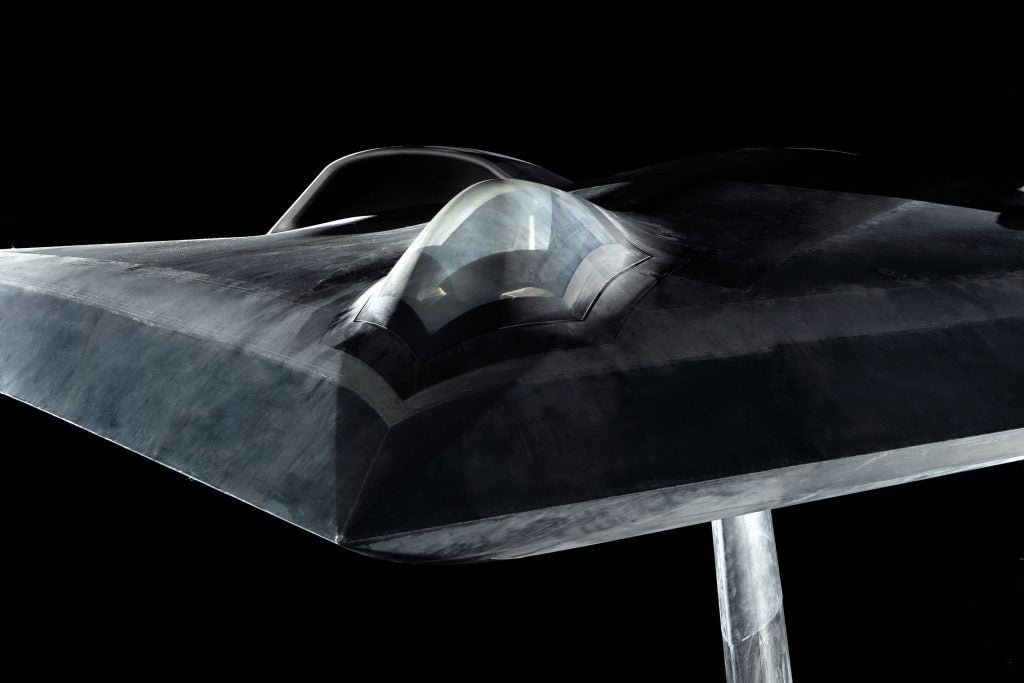Airbus Reveals Stealthy LOUT Demonstrator
On 5 September, Airbus Defence and Space revealed the existence of the LOUT (Low Observable UAV Testbed) on the second day of the Airbus Trade Media Briefing 2019.
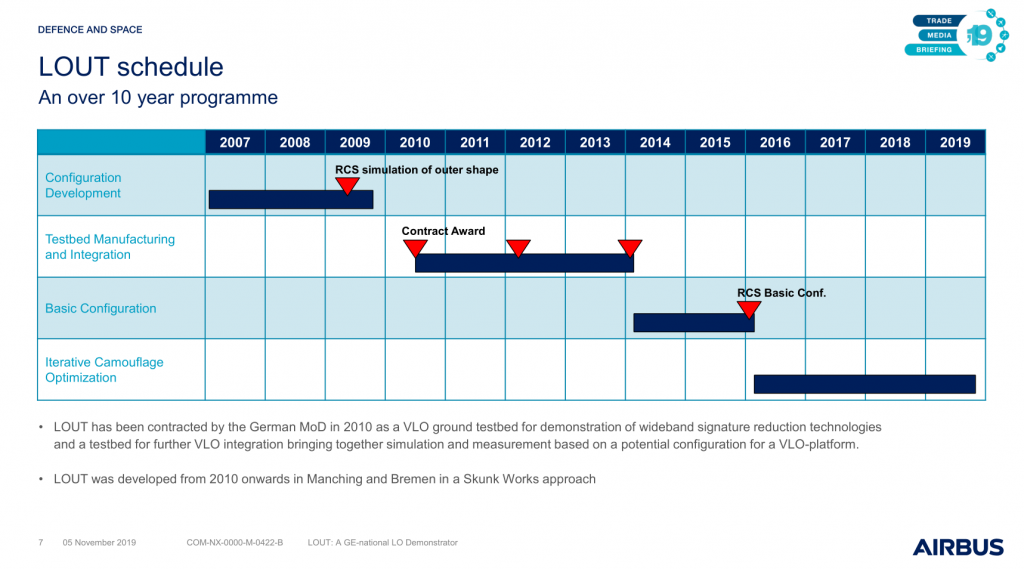
According to an Airbus presentation made available to the press, the LOUT has been in development by Airbus since 2010, using a ‘Skunk Works’ approach. The LOUT was contracted by the German Ministry of Defence as a VLO (very low observable) ground testbed for “demonstration of wideband signature reduction technologies” and as a testbed for integration of future VLO technologies capable of “bringing together simulation and measurement based on a potential configuration for a VLO-platform”.
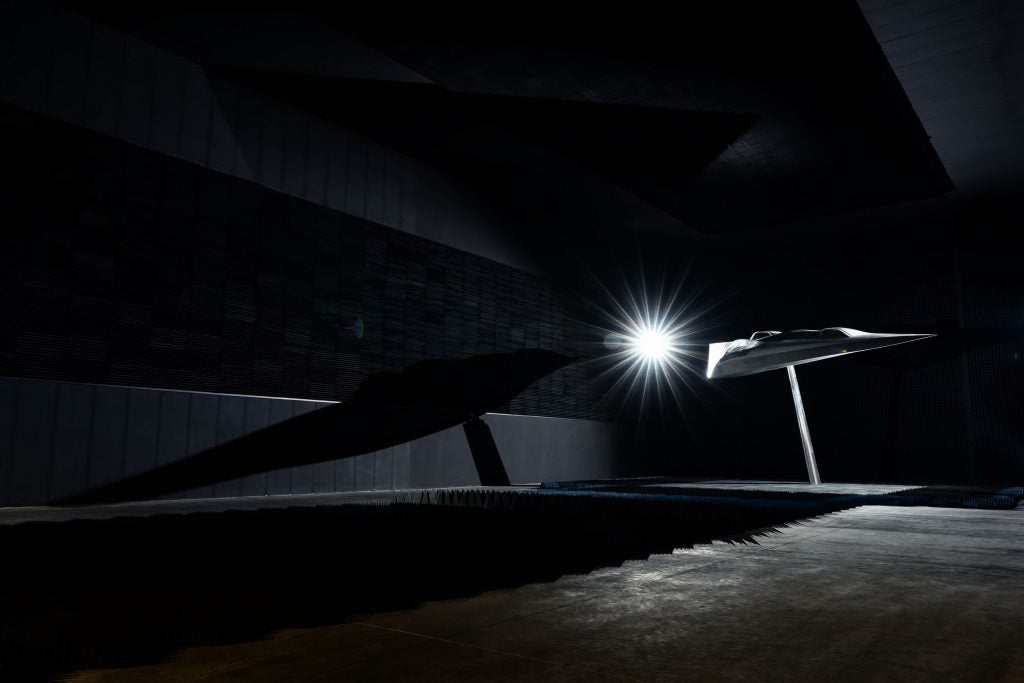
Based on the presentation materials and photographs released by Airbus, the LOUT has a kite planform like the X-47A, as opposed to the flying wing planform of the B-2 Spirit and RQ-170 Sentinel, or the cranked kite planform of the X-47B. Unusually for an unmanned aerial vehicle, the LOUT has a cockpit-like feature on its top side, and has two air intakes on each side behind the “cockpit”, in a layout reminiscent of the B-2 Spirit and B-21 Raider. This could hint at employment of low observable technologies tested on the LOUT on future manned aircraft, such as components of the Future Combat Air System (FCAS) program following its move to being a “system of systems” as opposed to a single aircraft type.
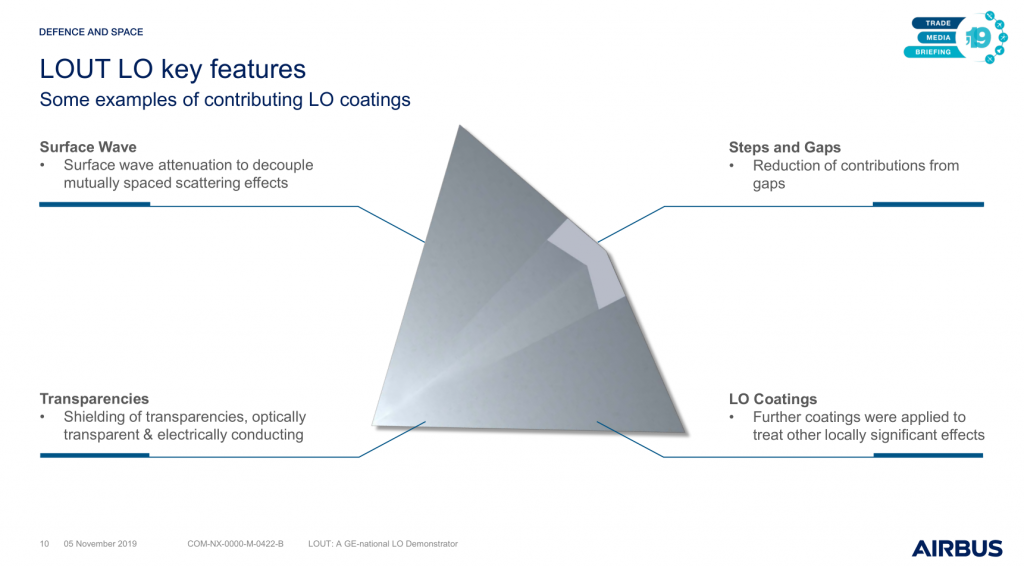
Airbus claims that LOUT is configured for very low observability on multiple spectrums, including radar, IR, visual and acoustic stealth. Among the features used to accomplish this are the use of inlets with very low RCS (radar cross section), due to the employment of a diverterless inlet and the inlet duct being constructed from radar absorbing structures. The inlets feature IR signature suppression measures as well.
Airbus is also testing low observability-compatible thrust vector control systems with the integrated flat exhaust nozzles of the LOUT. Further hinting at technology use in manned aircraft is the testing of low observable transparencies, with Airbus testing materials that are simultaneously optically transparent and electrically conducting. This would be beneficial for use in a manned aircraft’s cockpit, where electrical conduction would allow for radar waves to be reflected off the canopy surface, instead of passing through the canopy and then being reflected off the inside of the cockpit, greatly increasing the aircraft’s RCS.
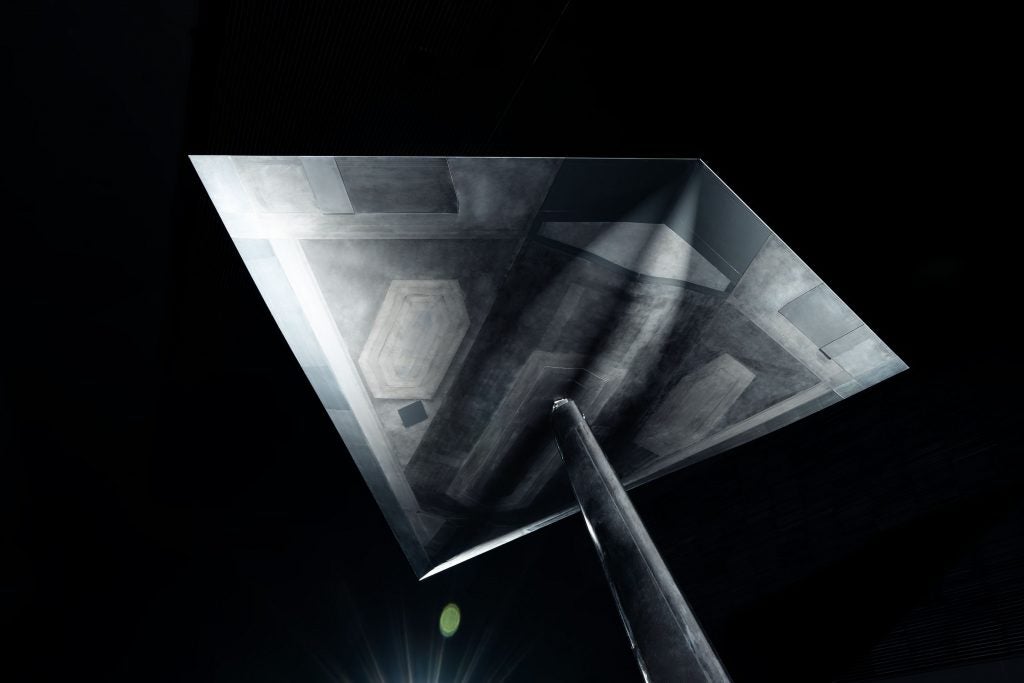
Being a testbed, it is extremely unlikely that the LOUT will ever become a fully functional combat aircraft in its current form. However, with Airbus being the leading contractor for FCAS, the technologies currently being tested with LOUT are almost certain to be present in any resulting aircraft, manned or unmanned.

